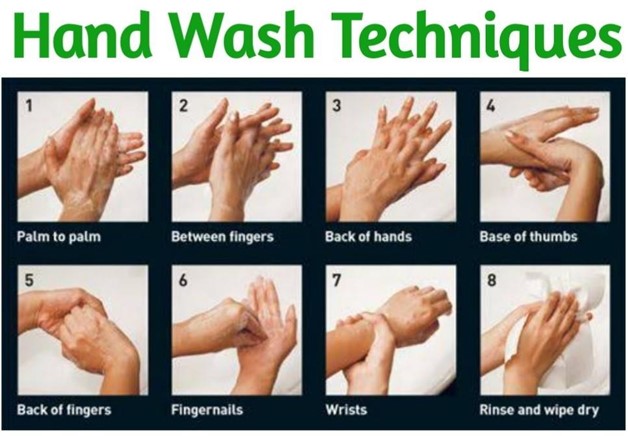A client with difficult venous access has an intravenous insertion site located at the bend of the wrist.
Which action would be most appropriate for a nurse to take?
Place the arm across the client’s chest to support the wrist.
Use a wrist restraint to decrease mobility in the arm.
Apply an arm board to immobilize the wrist.
Instruct client to limit use of that arm.
The Correct Answer is C
This is because immobilizing the wrist prevents kinking or dislodgement of the intravenous catheter and reduces the risk of complications such as infiltration, phlebitis, or infection.
Some additional information for the response are:
Choice A is wrong because placing the arm across the client’s chest may compromise venous return and increase the risk of thrombosis.
Choice B is wrong because using a wrist restraint may cause skin breakdown, nerve damage, or impaired circulation.
Choice D is wrong because instructing the client to limit use the of that arm may not be sufficient to prevent catheter movement or accidental removal.
Normal ranges for venous access depend on the type and location of the catheter, but some general values are: potassium (3 to 5 mEq/L), blood urea nitrogen (10 to 20 mg/dL), and central venous pressure (8 to 12 mmHg).
Nursing Test Bank
Naxlex Comprehensive Predictor Exams
Related Questions
Correct Answer is C
Explanation
Hand hygiene techniques are the first line of defense in medical asepsis because they prevent the transmission of microorganisms from one person or object to another. Hand hygiene techniques include washing hands with soap and water or using an alcohol-based handrub.

Choice A is wrong because isolation or barrier procedures are not the first line of defense in medical asepsis, but rather a way of preventing the spread of infection to other patients or health care workers when a patient has a known or suspected infection.
Choice b is wrong because the nature of detergent used on the unit is not the first line of defense in medical asepsis, but rather a factor that affects the effectiveness of cleaning and disinfection of surfaces and equipment.
Choice D is wrong because the ventilation system type is not the first line of defense in medical asepsis, but rather a factor that affects the quality of air and the risk of airborne transmission of microorganisms.
Correct Answer is C
Explanation
This is the priority action because it follows the RACE acronym for fire safety: Rescue, Alarm, Contain, Extinguish. The nurse should first rescue the client from immediate danger by smothering the flames with a blanket.
This will also help contain the fire and prevent it from spreading.
Choice A is wrong because closing the window and removing the client’s oxygen will not put out the fire.
Oxygen is not flammable, but it can make a fire burn faster and hotter. Removing the oxygen source may help reduce the intensity of the fire, but it will not extinguish it.
Choice B is wrong because sounding the fire alarm and activating the emergency response system are important steps, but they are not the priority. The nurse should first ensure the client’s safety before alerting others and calling for help.
Choice D is wrong because removing the client from the room and closing the door may expose the client to more harm and make the fire worse.
The nurse should not move the client unless it is absolutely necessary, as this may cause further injury or infection. Closing the door may create a backdraft, which is a sudden explosion of fire caused by oxygen rushing into an enclosed space.
Whether you are a student looking to ace your exams or a practicing nurse seeking to enhance your expertise , our nursing education contents will empower you with the confidence and competence to make a difference in the lives of patients and become a respected leader in the healthcare field.
Visit Naxlex, invest in your future and unlock endless possibilities with our unparalleled nursing education contents today
Report Wrong Answer on the Current Question
Do you disagree with the answer? If yes, what is your expected answer? Explain.
Kindly be descriptive with the issue you are facing.
